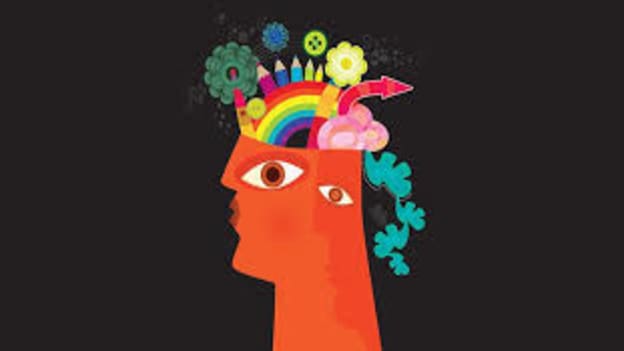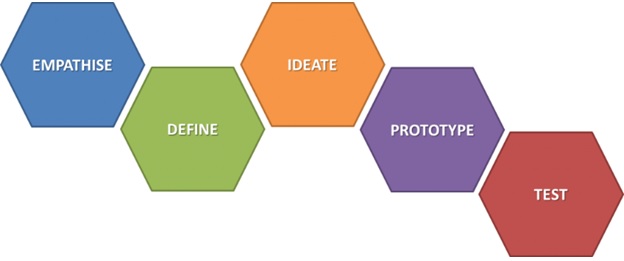Design thinking is a novel approach to problem solving

When a person is truly happy and satisfied with his/her job and career, the path leading to success is less strenuous and looks rosy and it is a smooth ride. But when a person finds a gap or missing spark between his/her expectation at work and what he/she deserves; that has to be attended with utmost care and priority. The road leading to success is bumpy and filled with potholes, because of external factors. A gap shows up when there is a conflict of interest between expectation and aspirations, which are internal. This causes a sense of discontentment at the work front.
It pays to be aware and accept that there is a mismatch between the accomplishments and the interests. It has to be recognized early and suitable measures to overcome needs to be taken. By doing introspection and self-evaluation, one can find out the reasons for the lack of interests and inspiration leading to an acceptable solution.
Smart people who have the drive and the urge to excel, make use of the gap, in a constructive way to go up the ladder of success. The gap can be corrected by use of management tools and other available resources from the universe. There are various career assessment tools to identify one’s strength and weaknesses. Gallup’s strength finder, Myers Briggs Type Indicator (MBTI), CPP to name a few.
Gallup’s strength finder tests help one search for inherent talents and then hone them into their strengths. People are more productive and efficient when they are driven by passion as they focus on their core interests. The test helps find the top five strengths in a person. MBTI assessment assesses one’s personality traits, their interaction with peers, communication and learning at work. It is helpful for a career change, planning and development. It gives an insight into one’s positive strengths and also makes them aware of the pitfalls in the new career as well as trains them to overcome the barriers.
By finding out one’s true potential and caliber, Design thinking approach can be implemented to find one’s true calling. Design thinking helps one understand one’s true competence and passion towards a job and estimate/quantify one’s core strengths. It employs appropriate tools to identify their core strengths and also to tap the creativity embedded within. It can be applied to people looking for alternate career options or want to take a break from the mainstream monotonous job. Design thinking has a human-centric approach wherein one has to empathize with the user and perceive the problem from the user point of view.
The process involves various stages like empathizing, defining the problem, ideating, prototyping and testing. Design thinking motivates one to think out of the box and find unique ways to solve a problem.
Stanford’s design thinking approach

(Image Source: Stanford D. School)
Empathize
The focus is shifted towards the end user. This is achieved by an empathy exercise: trying to better understand customer needs and behaviors from their own perspective. By engaging in Design Thinking and getting closer to the end customer, we are able to understand the reasons behind those actions, and in turn, prepare for possible future patterns of behavior if the same reasons remain in play.
Define: This involves reviewing all the information gathered during the 'empathize' stage in order to define the problem that is to be solved and start setting goals and objectives.
Ideate: The problem statement is followed with a stimulating atmosphere that promotes new ideas and encourages broad and widest possibilities. At this stage, the objective is to think about new ways to solve those hairy audacious wicked problems.
Prototype: 'Prototypes' are necessary once the ideas have been generated. It is essential to start producing cost effective and simple prototypes that generate feedback from potential stakeholders.
Testing: 'Test' is the next phase, in which the purpose is to get feedback from the end users.
In short, design thinking can be applied to fill in the gaps in one’s life and career and bring in lots of color, vibrance, and vigor to a monotonous life.This is the true calling of career smart individuals!
A step by step approach of application of design thinking is to be detailed in the next blog.













